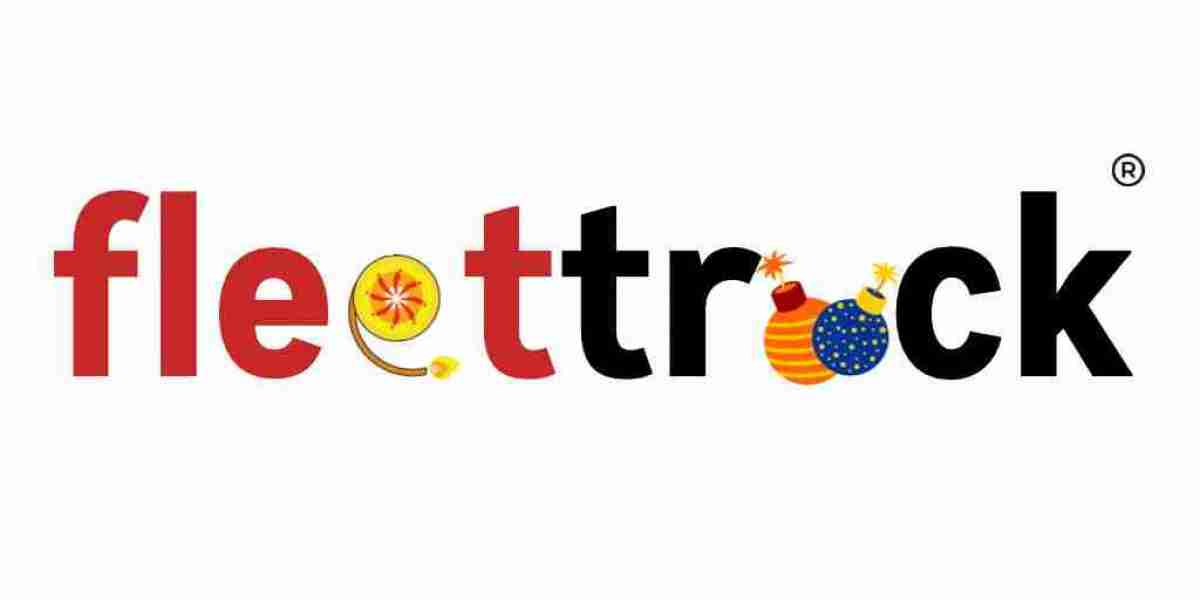A 1031 exchange, named after Section 1031 of the Internal Revenue Code, allows real estate investors to defer capital gains taxes on the sale of investment property if they reinvest the proceeds into a similar property. In essence, it enables investors to sell a property and defer paying taxes on the gains if they use the proceeds to purchase a like-kind replacement property.
How Does a 1031 Exchange Work? The process of a 1031 exchange can be summarized in a few simple steps:
Sale of Property: The investor sells their investment property and identifies potential replacement properties within 45 days of the sale.
Identification of Replacement Property: Within 45 days of selling the original property, the investor must identify potential replacement properties 1031 exchanges They can identify up to three properties, regardless of their value, or any number of properties as long as their total value does not exceed 200% of the value of the property sold.
Purchase of Replacement Property: The investor must complete the purchase of the replacement property within 180 days of selling the original property.
By following these steps, investors can defer paying capital gains taxes and potentially increase their real estate investment portfolio without being hindered by immediate tax liabilities.
Benefits of a 1031 Exchange: The primary benefit of a 1031 exchange is the ability to defer paying capital gains taxes. This can result in significant savings for investors, allowing them to reinvest the full proceeds from the sale of one property into another.
Additionally, a 1031 exchange provides investors with the opportunity to diversify their real estate holdings without incurring immediate tax consequences. This can be particularly advantageous for investors looking to upgrade to a larger property, consolidate multiple properties into a single asset, or transition into a different real estate market.
Furthermore, by deferring taxes, investors have more capital to reinvest, potentially increasing their overall return on investment. Over time, this can accelerate wealth accumulation and help investors achieve their financial goals.
Potential Pitfalls and Considerations: While a 1031 exchange offers numerous benefits, there are also some potential pitfalls and considerations to keep in mind:
Like-Kind Requirement: The replacement property must be of "like-kind" to the property being sold. While this term is often interpreted broadly, it does have limitations. For example, real property must be exchanged for real property, and personal property cannot be exchanged for real property.
Strict Timelines: Investors must adhere to strict timelines when completing a 1031 exchange. Failure to identify replacement properties within 45 days or complete the purchase within 180 days can result in the disqualification of the exchange.
Qualified Intermediary Requirement: To facilitate a 1031 exchange, investors are required to work with a qualified intermediary. The intermediary holds the proceeds from the sale of the original property and ensures that the exchange meets all IRS requirements.
Despite these considerations, a 1031 exchange can be an invaluable strategy for investors looking to maximize their real estate investment returns and defer capital gains taxes.
Conclusion: In summary, a 1031 exchange is a powerful tool that allows real estate investors to defer capital gains taxes and reinvest the proceeds from the sale of one property into another. By taking advantage of this tax-deferral strategy, investors can potentially increase their real estate holdings, diversify their portfolio, and accelerate wealth accumulation. However it's essential to 1031 exchanges understand the rules and requirements of a 1031 exchange and work with qualified professionals to ensure compliance with IRS regulations. With careful planning and execution, a 1031 exchange can be a game-changer for savvy real estate investors.








